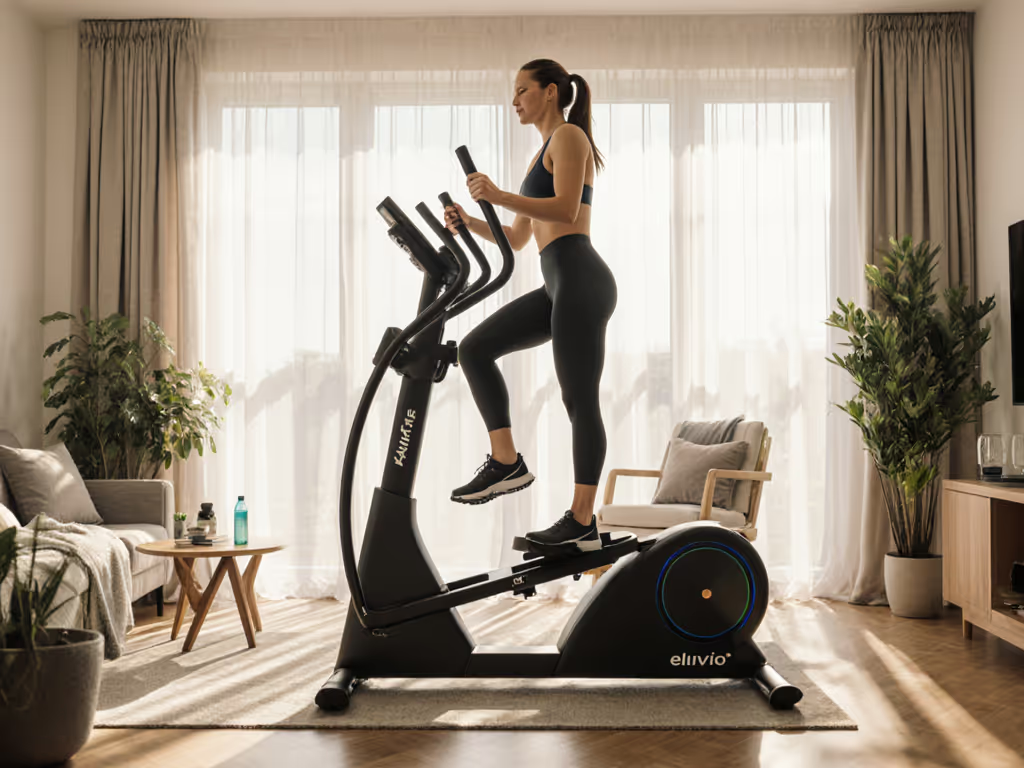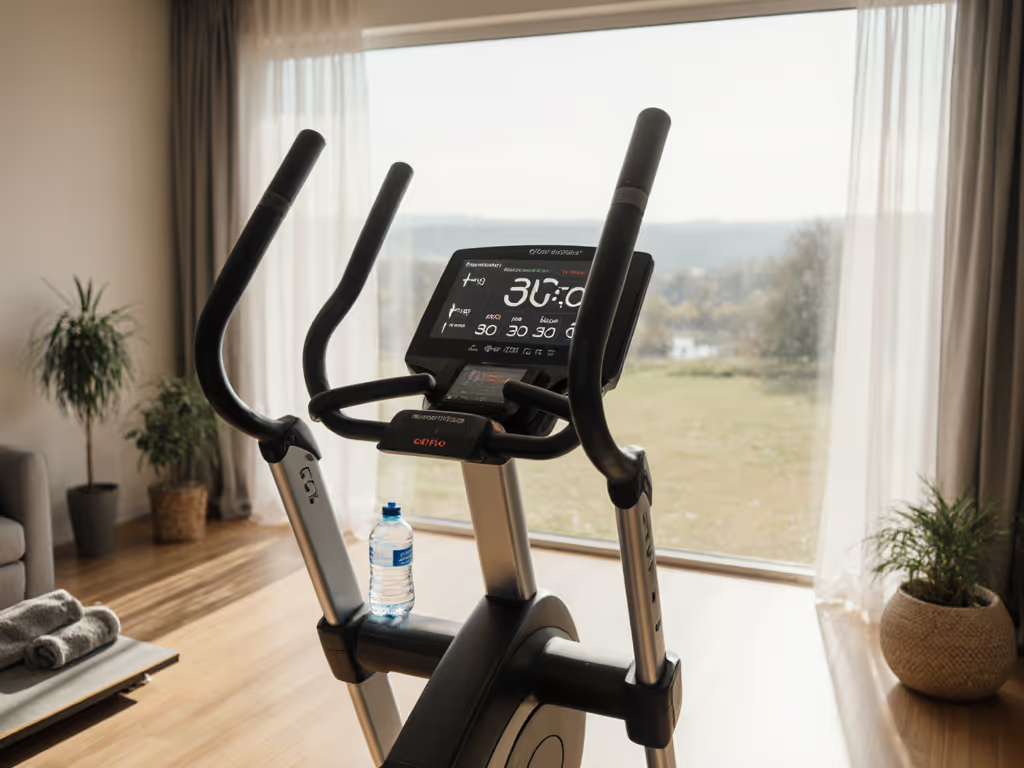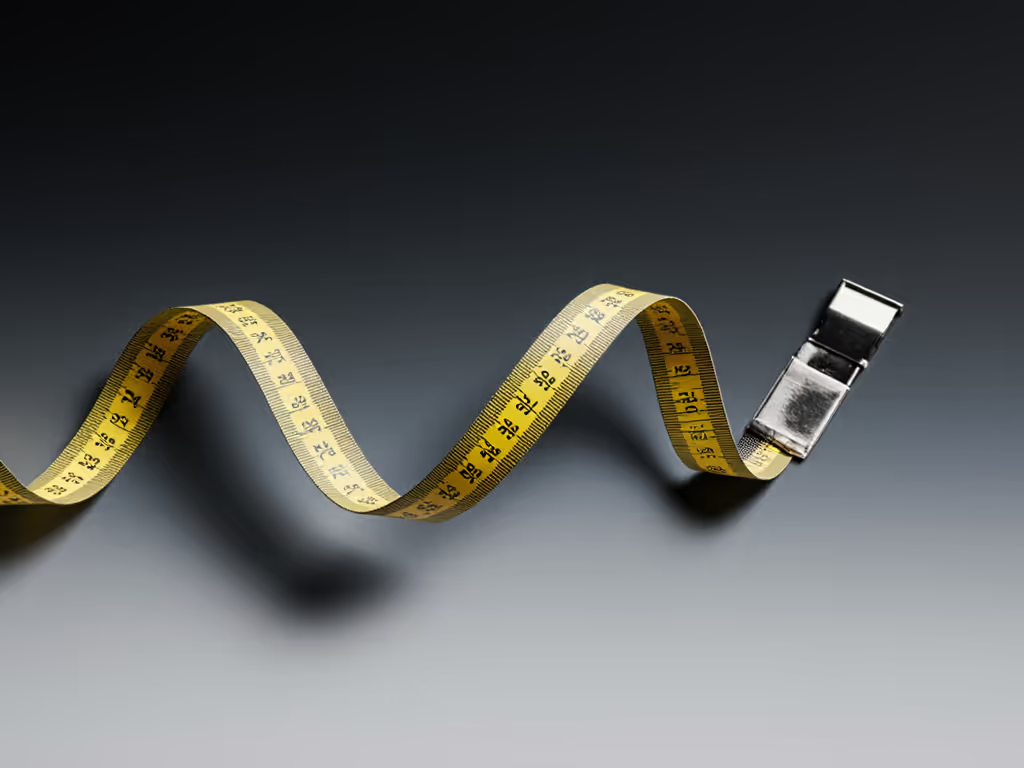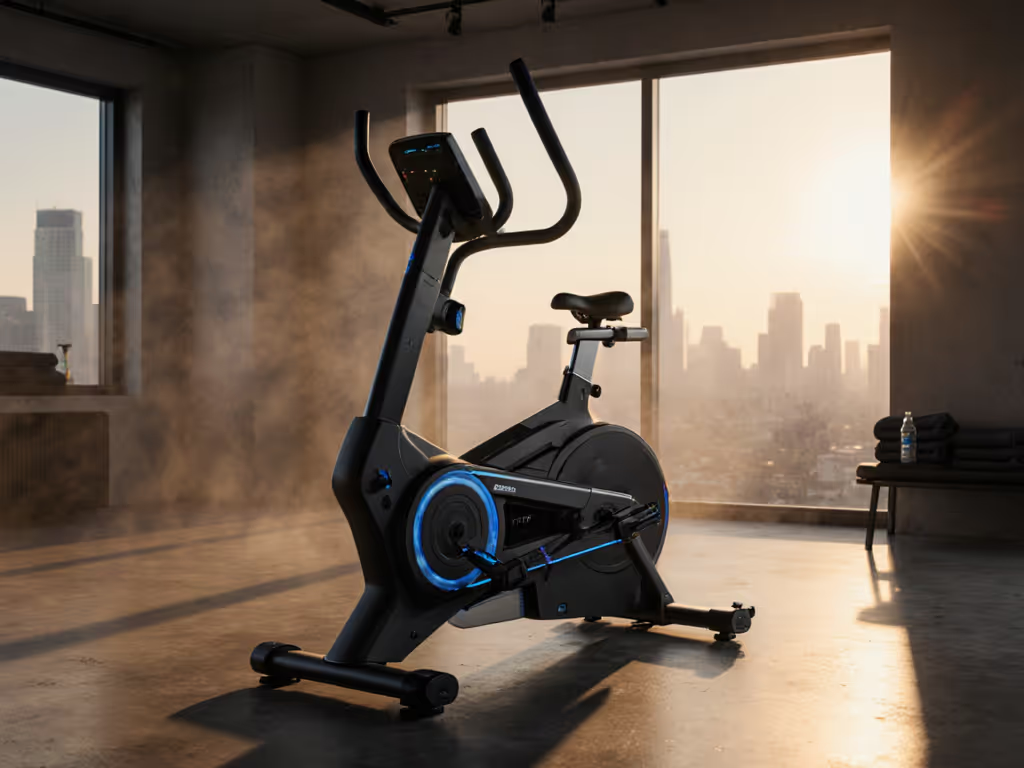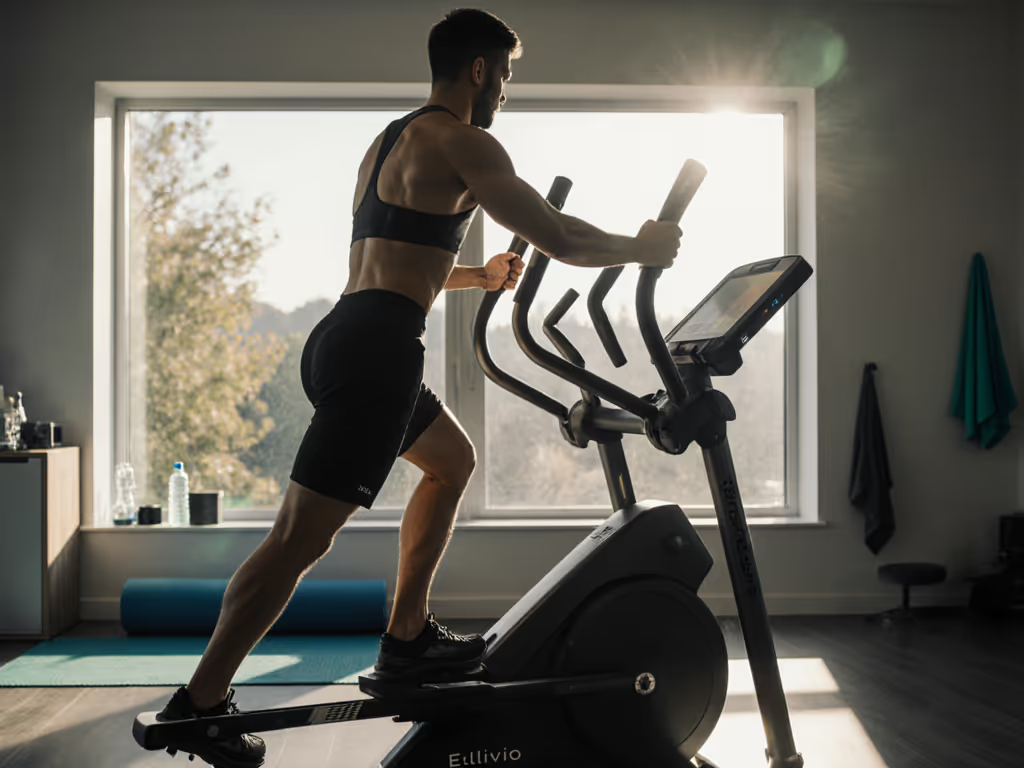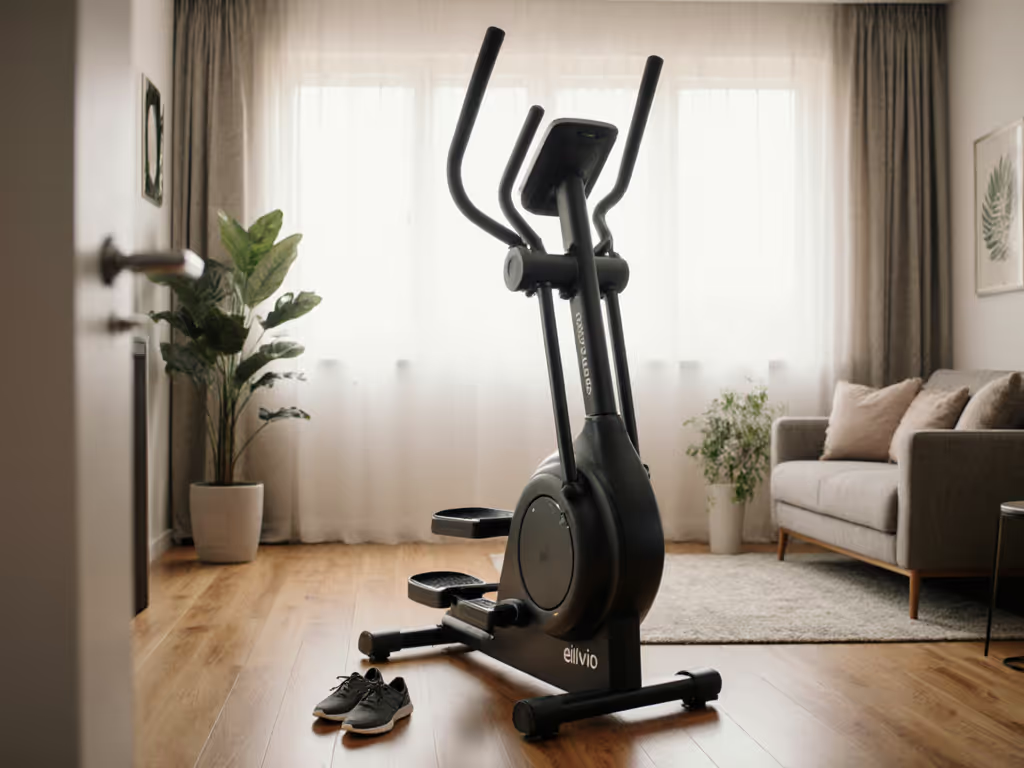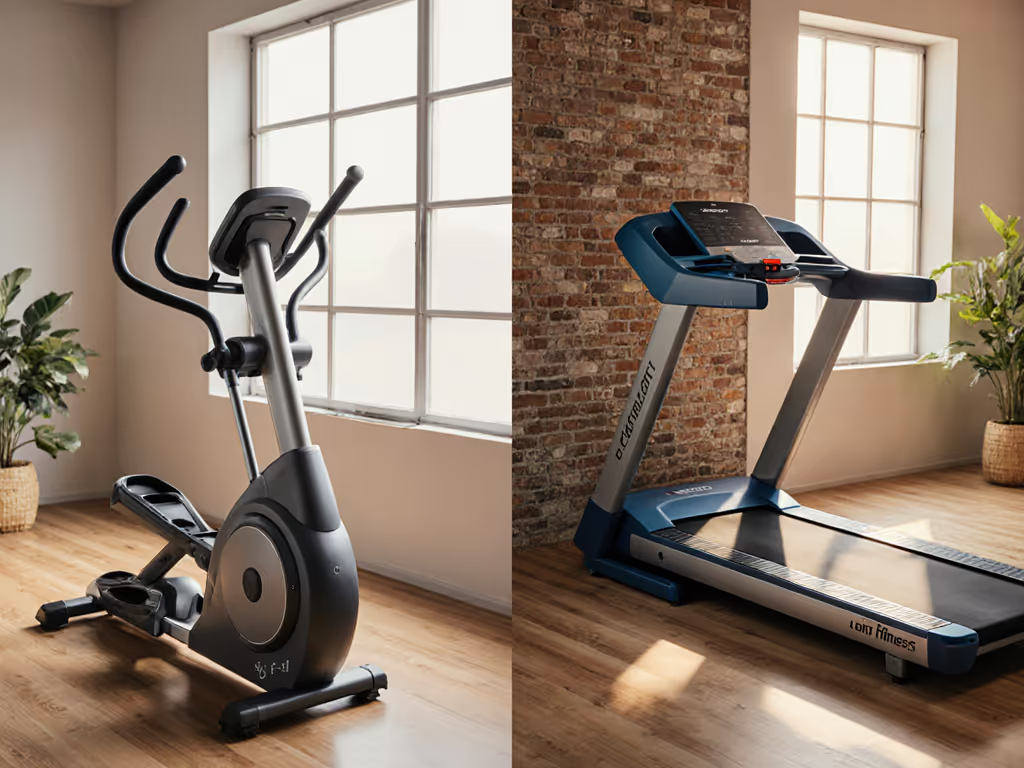Let’s cut through the noise: most elliptical metrics drown you in data that doesn't reflect how your body actually moves. Heart rate zones, calorie counters, and resistance levels mean little if your stride feels forced or your knees pinch. True elliptical workout data should serve your biomechanics, not the other way around. Measure your stride once; choose comfort for every workout.
As a former running coach who rebuilt my knee health through measured adjustments, I've seen how mismatched metrics sabotage consistency. When gym ellipticals gave me knee twinges, I stopped guessing. I taped my living room floor, measured my natural stride reach against wall-to-toe distance, and discovered that a 20-inch stride with a Q-factor under 180 mm eliminated the pain. The data only mattered when it aligned with my body. Today's article translates confusing screens into actionable, joint-friendly insights, because pain-free movement beats inflated numbers every time.
What elliptical numbers actually matter for joint health?
Forget calorie counters. Focus on stride symmetry and cadence consistency - the silent predictors of knee and hip strain. Here’s how to interpret them: For step-by-step technique checks that protect your knees, see our proper elliptical form guide.
- Stride length: Your machine's fixed setting (e.g., 18", 20") must match your measured step. Stand tall, step forward naturally. Measure heel-to-heel distance (typically 22-30" for adults). If your elliptical's stride is shorter than 80% of this number, you'll compensate by hiking hips or reaching awkwardly, a red flag for IT band strain.
- Cadence: Aim for 85-95 RPM for sustainable joint loading. Below 80 RPM with high resistance? You're grinding joints. Over 100 RPM? You risk instability. Use a metronome app (free) for 5-minute spot checks weekly.
- Straddle width (Q-factor): Measure pedal-to-pedal distance at its narrowest point. Over 200 mm forces knees inward on pushback (common in budget models). Under 180 mm protects hip alignment. Tape a ruler to your pedals; don't trust spec sheets.
Measure, don't guess. Your body's feedback beats any screen metric.
Is heart rate monitoring elliptical data reliable for effort tracking?
Handlebar pulse sensors drift 10-15% higher than chest straps (validated by American Heart Association tests). But heart rate monitoring on ellipticals can work if you contextualize it:
- Ignore absolute numbers. Instead, track trends: "My HR at 90 RPM today is 10 BPM lower than last month" signals improved efficiency.
- Pair with Rate of Perceived Exertion (RPE). At moderate effort (RPE 5-6/10), you should speak full sentences. If your HR zone says "fat-burning" but you're gasping, the machine's resistance is too high for your stride. Adjust resistance downward first, then verify HR.
- Age-adjusted zones? The 220-minus-age formula has 10-20 BPM error margins, per the European Journal of Applied Physiology. Test your true max HR safely: after 10 minutes of easy pedaling, sprint for 30 seconds. Note your peak. Multiply by 0.7 = your aerobic threshold.
How accurate are elliptical calories anyway?
Short answer: elliptical calorie accuracy hovers around 20-30% reliability (per an Arizona State University study). Machines overestimate by 20-50% by assuming ideal biomechanics you may not have. Here's why it's misleading:
- Ignores joint compensation: If your stride is too short, you recruit quads excessively, burning more calories but straining knees. The machine credits this inefficiency as "progress."
- No body geometry input: Spec sheets rarely factor in inseam length or Q-factor. A 5'2" rider on a 22-inch stride machine burns 15% less than the screen claims (based on metabolic carts), as forced reach reduces power transfer.
Instead of chasing calorie targets:
- Track session consistency: "30 minutes at RPE 4-5" builds habit sustainability better than "500 calories."
- Note recovery metrics: Heart rate returning to 120 BPM within 3 minutes post-workout? That's real cardiovascular progress.
What elliptical numbers should I track for long-term progress?
Ditch vanity metrics. Prioritize tracking elliptical progress through these biomechanically grounded markers:
| Metric | Why It Matters | Target Threshold |
|---|
| Stride smoothness | Jerky motion = joint stress | No hip sway at 90 RPM |
| Cadence stability | Fluctuations signal fatigue or poor fit | +/- 5 RPM over 20 minutes |
| RPE consistency | Effort perception beats HR drift | Maintain RPE 5 at same resistance |
| Step-up clearance | Prevents toe drag (common in tall riders) | 1"+ between foot and rail |
For example: If your stride symmetry score (screen often shows left/right power balance) drops below 45/55 over 3 sessions, it's not a "weak side", it is a sign your Q-factor is too wide or stride length mismatches your inseam. Measure your body first.
How do I use resistance levels without joint strain?
Resistance is what elliptical numbers mean for muscle engagement, but misuse grinds cartilage. Follow this joint-safe protocol:
- Start at resistance level 3-5 (out of 10-20). Pedal at 85 RPM for 5 minutes. If knees feel compressed, decrease resistance before increasing cadence.
- Max safe resistance: Can you maintain 80+ RPM with RPE <= 7? If not, you're forcing joint torque. Most riders plateau at level 8-10 on quality machines.
- Test after week 1: Add 1 resistance level only if you can complete 25 minutes with no knee warmth or hip tightness post-workout.
Red flag: If high resistance makes you grip stationary handles, your Q-factor is too wide, reducing stability. Wider stances (Q-factor > 200 mm) require 20% more force to stabilize knees.
Why your "progress" might be hurting your consistency
We've all seen the screens: "+10% calories!" "Heart rate zone mastered!" But forcing these metrics often backfires. One client, Sarah (5'4", history of runner's knee), increased resistance weekly chasing higher numbers. By week 4, her left knee swelled after sessions. Why? Her 18-inch stride machine demanded a reach that torqued her femur, masked by inflated calorie counts. After switching to a 20-inch stride with a 175 mm Q-factor, her actual progress emerged: consistent 30-minute sessions at stable RPE 5, with HR recovery improving 22 BPM faster.
Your actionable next step: For your next 3 workouts, ignore all screens except cadence and time. Focus only on smooth stride flow. Afterward, rate knee/hip comfort on a 1-10 scale. Notice trends? That's your real metric.
Measure, don't guess. The only data worth tracking is pain-free movement you can sustain for years, not screens that promise progress while punishing your joints. Grab a tape measure, check your stride-to-height ratio, and ride within your biomechanical truth. Your knees will thank you when the New Year's resolution crowd abandons their machines.
